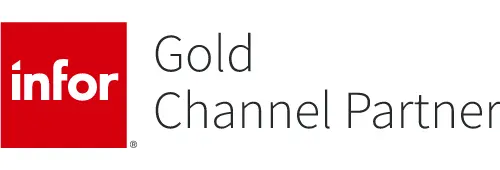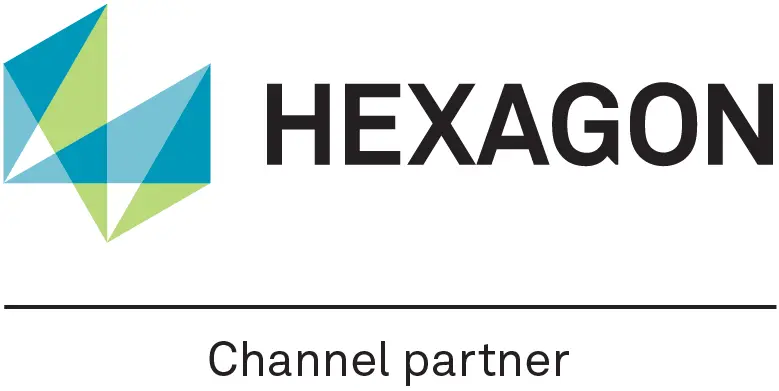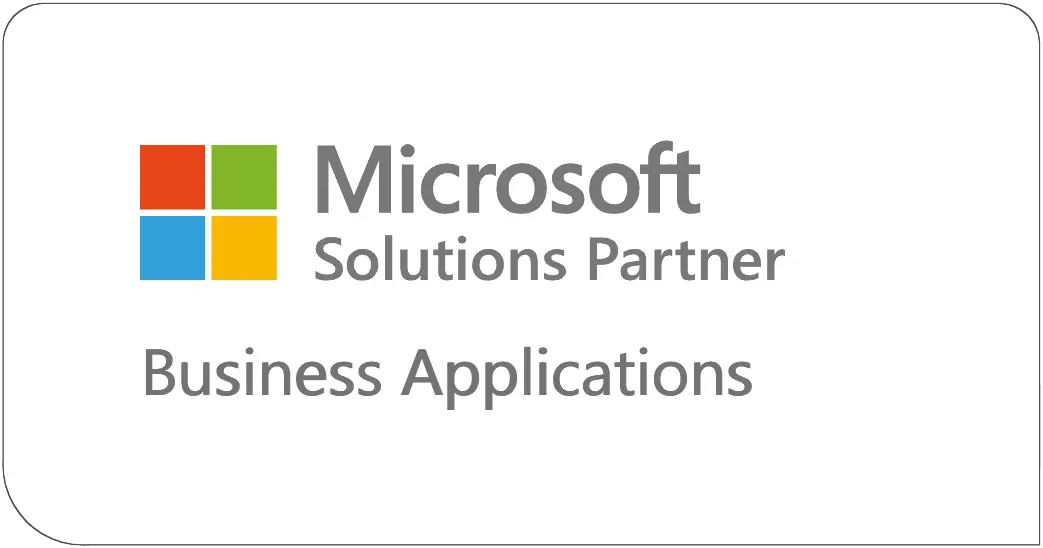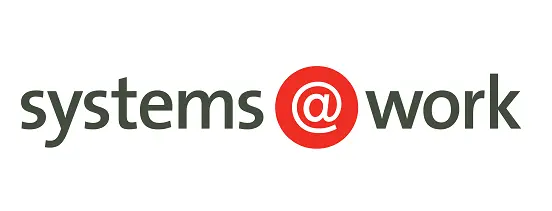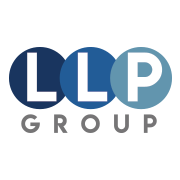Fleet Management
Optimize performance with predictive maintenance
Modern enterprise asset management systems give fleet managers and asset maintenance teams valuable tools for monitoring the condition of assets, including warranty status, recommended service intervals, and maintenance history.
HxGN EAM can help manage the complete life cycle of a variety of fleet assets including passenger and delivery vehicles, forklifts in manufacturing plants and material handling warehouses, agricultural machinery, ground support equipment in airport operations, heavy construction equipment, buses, and tractor trailers.
How technology can help
- Predictive analytics and sensor data can identify anomalies which may signal potential problems
- Mobile friendly applications provide technicians the full functionality of EAM with an interface that’s easy to use with intuitive screens that mimic consumer devices
- Business intelligence and KPIs provide insight into possible factors indicating the need for service or replacement of assets
- Enhanced warranty monitoring and claim management features help save costly errors associated with unnecessary or unauthorized repairs

Four benefits of HxGN EAM for fleet management
Plan for preventive maintenance
Running your fleet until something breaks before you schedule maintenance is an expensive strategy that results in unscheduled downtime and a lack of productivity.
Determining optimal maintenance intervals and scheduling maintenance activities based on your unique conditions and usage helps prevent problems before they happen and keeps your equipment operating in the best shape possible.
Comprehensive asset registry
Running a large fleet of any type can make tracking your assets a cumbersome task. Tracking purchase orders, warranties, and other documentation related to the asset can easily become overwhelming.
The asset registry can help you track all this information and more including an asset’s complete history, so you know when it needs to be serviced, replaced, or retired.
Efficiently manage technicians and tools
To run a productive shop, you need to know how your MRO technicians are spending their time. With shop management and time tracking tools you can make sure your technicians are completing work orders correctly and in a timely manner.
By tracking work orders, you can see how well your techs are performing, maintain a real-world history of what service was performed, and ensure you have the right people and tools in place to keep your fleet assets operating in peak condition.
Spare parts inventory management
Proper management of inventory levels means making sure you always have the parts you need when you need them instead of storerooms filled with outdated or unwanted items.
The system can help manage the purchasing process to cut down on redundant or obsolete inventory and provide insight about which parts have a high utilization and replenishment rate. Keeping a watchful eye on inventory can help avoid unnecessary expenses and lead to greater efficiency.
Do you want to better manage your fleet?
Discover how HxGN EAM can help provide greater visibility to your fleet and provide exceptional asset performance management tools.

Key Features
Fuel management. Fuel and energy are generally the biggest costs in fleet management. Reliability centered maintenance practices along with proper operator training and route optimization help keep costs in check. Telematics integrations provide useful data that help monitor fuel and energy waste and support better resource management.
Mobile functionality. HxGN EAM’s native mobile app allows maintenance supervisors and technicians to immediately view the full historical data of fleet assets, complete with documentation and specifications directly from a tablet or mobile device, making inspections and work order completion possible on the go.
Regulatory compliance. Depending on your industry or internal requirements, daily equipment checks, inspection reports, driver checks, and more need to be carried out and documented. Document management and custom reporting capabilities provide full visibility and a clear audit trail.
Asset Performance Management 4.0
Improving asset management practices, reducing inventory carrying costs, boosting productivity, and minimizing unplanned downtime can help improve ROI for any organization.
Better risk management
Just like humans, fleet assets age and deteriorating performance can cut into productivity and lead to unexpected costs. HxGN EAM enables you to use asset-specific decay curves to measure performance against what’s expected and keep your risk within acceptable parameters.
Data integration & visibility
Reliable data that can be gathered, visualized, and easily understood by all stakeholders is a key component of a sound asset performance management strategy. Leveraging the power of HxGN EAM allows you to receive data from multiple sources that support data-driven decisions.
Asset condition monitoring
Real-time analytics, telematics, virtual and physical meters, and embedded diagnostic systems have all greatly contributed to the ability to monitor an asset’s condition and define target operating levels. This helps determine when it’s more cost efficient to refurbish, repair, or replace the asset.
Predictive maintenance
Adopting the right maintenance strategy to maximize equipment performance, reduce costs, and enhance productivity is key. Using data to predict when an asset is likely to fail enables you to take proactive measures to reduce the unplanned downtime and lost productivity.
Budgeting & analytics
When it comes to fleet management, precision budgeting means predicting what assets the organization will need to purchase or replace given operating and business conditions. HxGN EAM provides enhanced data and business intelligence tools for visibility of the entire asset registry for cost analysis.
Work history
Tracking closing codes to indicate asset failure, solution codes that specify what work was done to fix it, who performed the work, the tools and materials used, and how long it took to fix are important. These statistics can help formulate a reliability centered maintenance program.
Resources
Brochure
HxGN EAM Overview
White Paper
5 ways to improve fleet management
eBook
Empowering sustainable industrial facilities
